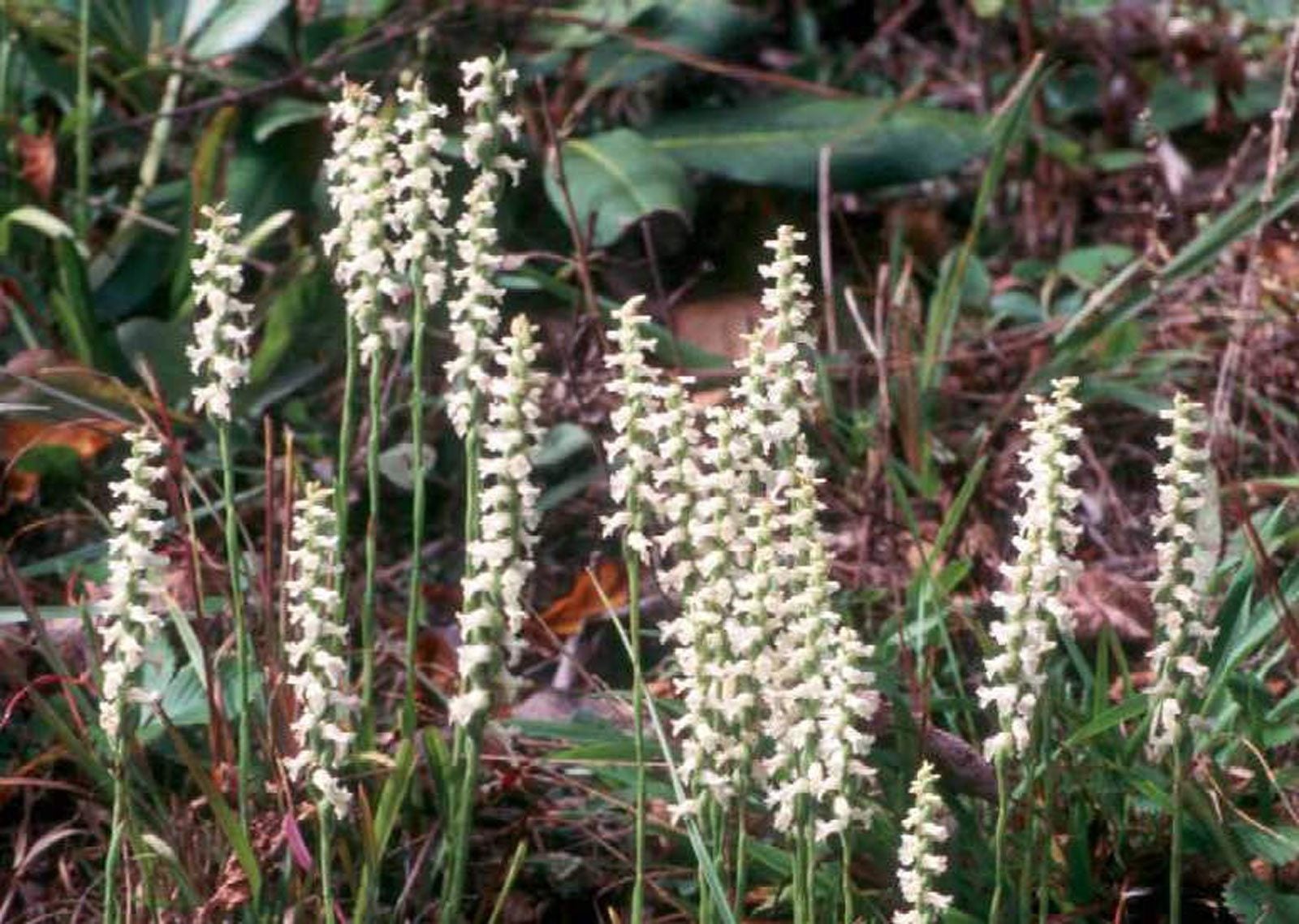Nodding Lady’s Tresses Info: Growing Nodding Lady’s Tresses Plants


What is spiranthes lady’s tresses? Where can I find more nodding lady’s tresses info? You’ve come to the right place. Read on to learn about growing nodding lady’s tresses in your garden.
Nodding Lady’s Tresses Info
Also known as nodding spiranthes, lady’s tresses orchid (Spiranthes cernua) grows wild throughout most of the central and eastern parts of the United States and Canada, as far west as Texas. This terrestrial orchid produces fragrant clusters of small white, yellow, or greenish flowers on spiky stems extending from ground-hugging rosettes. Mature plants reach heights of up to 2 feet (61 cm.). Spiranthes lady’s tresses orchids grow in marshes, bogs, woodlands, and riverbanks as well as along roadways, lawns, and other disturbed habitats. So far, the plant is not endangered in its native habitat.
How to Grow Nodding Lady’s Tresses
Spiranthes lady’s tresses are easy to grow. The plant, which slowly spreads by way of underground rhizomes, eventually forms colonies that provide incredible beauty to the landscape. Spiranthes lady’s tresses orchids are generally found at nurseries or greenhouses that specialize in wildflowers or native plants. Don’t attempt to remove the plant from its natural habitat. It rarely works and may be illegal in some areas. Lady’s tresses orchids are sturdy plants suitable for growing in USDA plant hardiness zones 5 through 9. The optimum conditions for growing nodding lady’s tresses consists of moist, acidic soil and partial shade. Growing nodding lady’s tresses need regular irrigation to keep the soil consistently moist. Be careful not to overwater to the point of sogginess, but never allow the soil to become bone dry. Once the plant is mature, it’s easy to propagate by dividing offsets or rhizomes. If you’re adventurous, you can also allow seedheads to dry after blooms wilt, then collect and plant the seeds.
Gardening tips, videos, info and more delivered right to your inbox!
Sign up for the Gardening Know How newsletter today and receive a free copy of our e-book "How to Grow Delicious Tomatoes".

A Credentialed Garden Writer, Mary H. Dyer was with Gardening Know How in the very beginning, publishing articles as early as 2007.
-
 Looking For Plants To Give You The Soft And Fuzzies? Try These 5 Fuzzy Leaf Plant Options
Looking For Plants To Give You The Soft And Fuzzies? Try These 5 Fuzzy Leaf Plant OptionsLovers of texture, drama, silver foliage and tactile plants will adore these special sensory garden additions. These fuzzy leaf plant options will leave you all aglow
By Susan Albert
-
 Get Ready For A Summer Of Hummers! Grow These Full Sun Hummingbird Plants and Flowers
Get Ready For A Summer Of Hummers! Grow These Full Sun Hummingbird Plants and FlowersIf you’re lucky enough to enjoy a sunny backyard, make sure you are maxing out on your pollinator opportunities and grow these full sun hummingbird plants and flowers
By Tonya Barnett